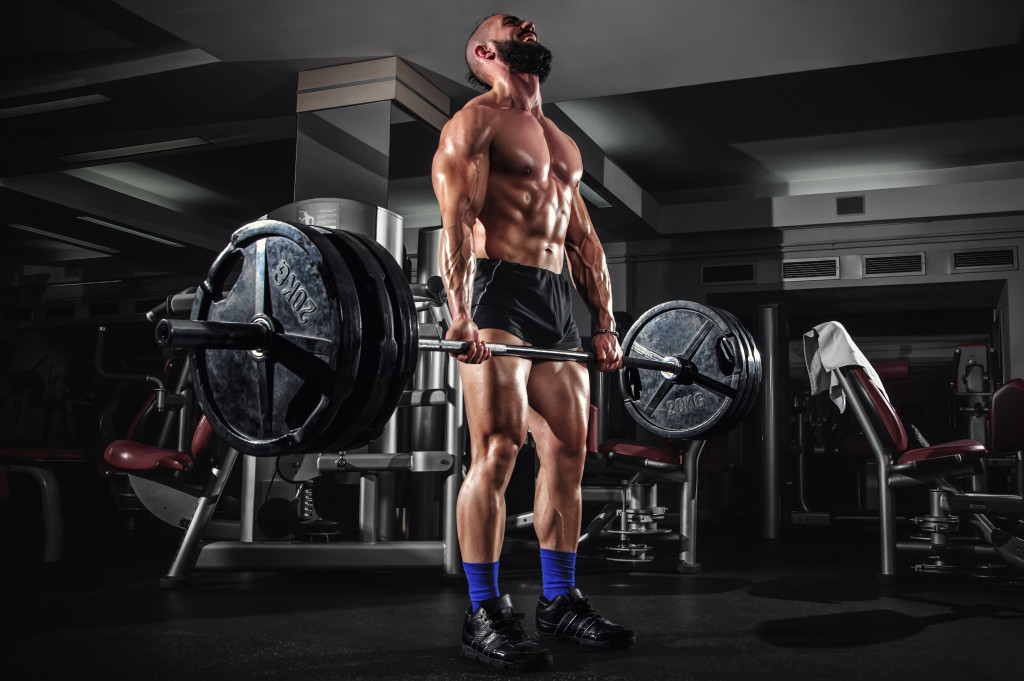Weightlifting is a great way to stay in shape and build muscle. More importantly, it is necessary to ensure optimal health.
The benefits of weightlifting are numerous. Studies have shown that exercises that involve building muscles can improve heart health, help prevent diabetes, reduce stress and anxiety, and even improve brain function.
However, it’s not without its risks. Any time you strain your body, there’s a chance of injury. Fortunately, most weightlifting injuries are minor and can be easily treated at home. But some injuries are more serious and may require medical attention.
Discover some of the most serious injuries that can occur while weightlifting and how you can avoid them.
Find Guidance
Nowadays, because of social media, many people think that following an online video or blog will help them achieve their fitness goals. However, this is often not the case, as these programs are not always created by certified professionals.
If you’re new to weightlifting, it’s best to seek guidance from a certified professional. They can help you create a workout routine that’s tailored to your specific goals and abilities, and they can also teach you proper form and technique. This will help you avoid injuries and get the most out of your workouts.
The risk of injuries is so common in weightlifting. Even professionals are encouraged to get a personal training insurance policy to protect themselves against any potential lawsuits in case of injuries.
Rotator Cuff Tears
A rotator cuff consists of muscles and tendons that help the arm’s movement. Rotator cuff tears are a common injury among weightlifters. They can occur when the rotator cuff muscles and tendons are overstretched or torn. Symptoms of a rotator cuff tear include pain, swelling, and difficulty moving the arm.
Rotator cuff tears can be treated with physical therapy, ice packs, and NSAIDs. However, in some cases, surgery may be required.
Pectoral Injury
The pectoral muscles are a pair of muscles that run along the front of the chest. They help lift the arm and rotate it inwards and outwards.
It can be scary because it can make breathing difficult and might feel like you’re having a heart attack. It most often occurs when the pectoral muscles are overstretched or torn. Symptoms of a pectoral injury include pain, swelling, and bruising. In severe cases, it can result in significant disability.
Bench pressing is the most common cause of pectoral injury.
Latissimus Dorsi Tears
The latissimus dorsi is a large muscle that runs along the back. It’s also more commonly referred to as the “lats.”
Injury in the latissimus dorsi is not very common; athletes are more likely to experience strains and tears in this muscle.
A tear in your lats would often feel like a sharp back pain that worsens when you move your arms. It can also lead to bruising and swelling.
It may also cause difficulty breathing, abdominal pain, and even a fever. If you experience these symptoms, it’s important to see a doctor immediately, as it could signify a more serious condition.

Dislocated Joints
A dislocated joint occurs when the ends of the bones that make up the joint are no longer aligned. This can happen due to a fall, a blow to the body, or sudden movement.
Any part of your body with joints can suffer this injury. These include your fingers, shoulders, elbows, knees, and hips.
Dislocated joints are extremely painful and can cause swelling, bruising, and deformity. It’s important to seek medical attention right away, as dislocated joints can cause long-term damage if not treated properly.
Treatments for dislocated joints include medication, manipulation, rehabilitation, or surgery.
How to Avoid Weightlifting Injury
You can do a few key things to help avoid weightlifting injuries. First, always use proper form and technique. There is a proper way to lift weights, and learning and following the correct form is important. This will help prevent injuries and ensure you’re getting the most out of your workout.
Second, focus on quality over quantity. It’s important to warm up properly and lift the weights in a controlled manner. This will help your muscles slowly adapt to the stress of weightlifting and avoid injury.
Third, make sure to increase the weight you are lifting over time gradually. This will help prevent overstretching or tearing of muscles and tendons.
Finally, always warm up and cool down properly before and after your workouts. This will help prepare your body for exercise and reduce the risk of injury.
Weightlifting is a great way to stay in shape, but it’s important to be aware of the risks involved. If you experience any pain while lifting weights, it’s important to stop immediately and seek medical attention if necessary.

